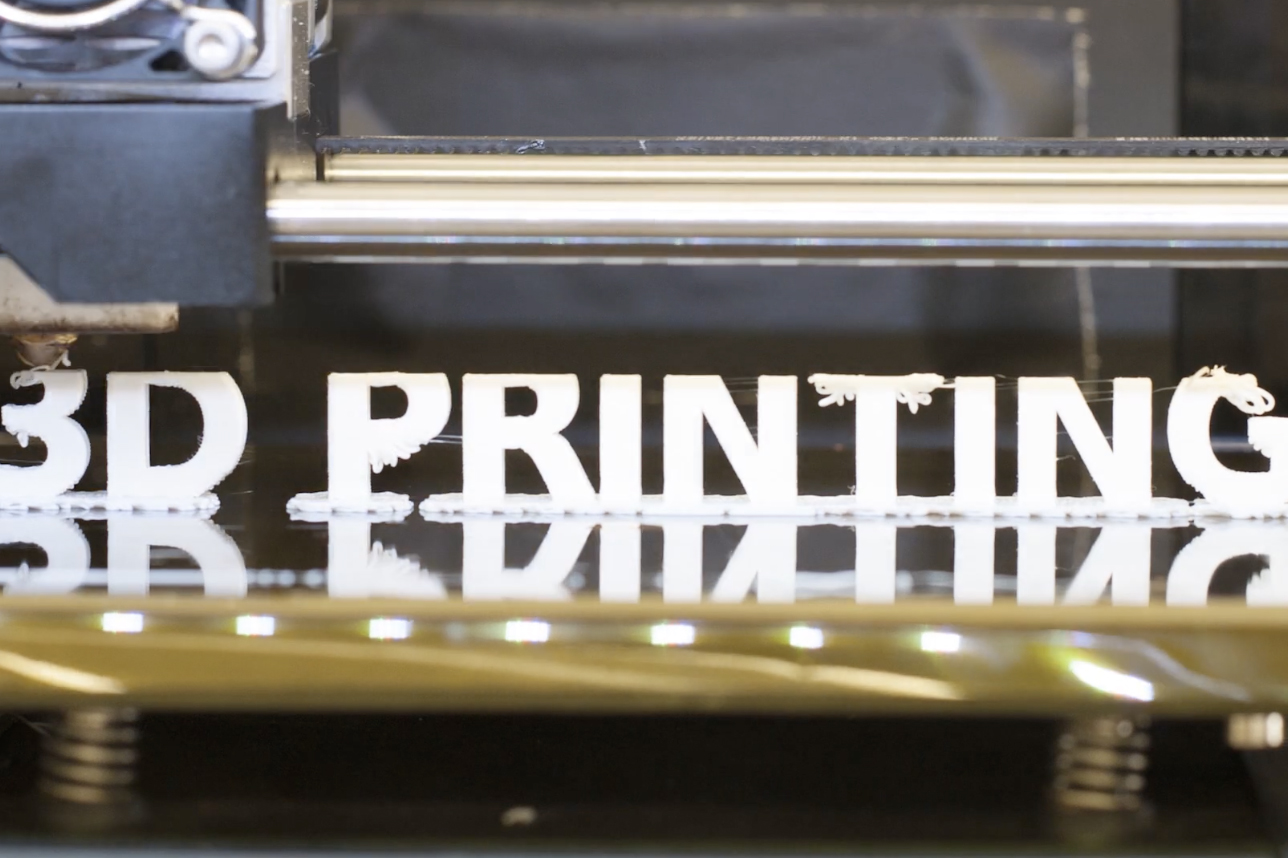3D printing, the future of medicine

The delicate skeletal structure of a fetus at 12 weeks rests on a table in the lab. Its tiny ribs — smaller than the tip of a fingernail — curve toward chest and back bones. Beside the model sits an adult inner-ear, or temporal, bone, twice the size of the fetus, yet still intricate in detail.
Here, in this lab, science is technology is art. And at its very center sits Miro Kirov.
"This is artistry," he says. "We make beautiful things."
Always interested in the human form, Mr. Kirov, MPS, is a sculptor. But today he isn't using clay. He demonstrates his talents in a much different medium: 3D printing.
"I must find every intricate detail, every curve and turn, and then teach the printer how to create it," he explains.
He talks without looking up from his computer screen, where he is bringing a virtual model of a temporal bone to life. As he clicks here, then there, the shape zooms in and out. The low hum of a printer fills the silence between his sentences.
"This is the fusion of art and science," Mr. Kirov says, "with the added complexity of the human form."
It's revolutionary, yet it is not new technology.
"The way we see, understand and then interpret human anatomy for teaching and inevitably for patient care has changed," says Craig Goodmurphy, PhD, Professor of Pathology and Anatomy and Director of the EVMS 3D printing lab.
X-rays, CT scans and handheld ultrasound were all game changers. So, too, he says, is 3D printing.
"This is complex medical engineering, and the possibilities are endless."
Dr. Goodmurphy employs various 3D projects in his lab that allow students and residents to perfect their techniques. For example, he is developing model temporal bones — a cost-effective option that would enable residents more frequent practice with drilling techniques. Additionally, life-sized eye models can be filled with gels and liquids to simulate human tissue for suturing practice.
Much of his focus is combining 3D-printed items with other materials to enhance ultrasound practice. Several of his research projects are being field-tested at medical schools across the country, including the University of Virginia School of Medicine and Vanderbilt School of Medicine.
"And all this is being done with a less expensive 3D printer," Dr. Goodmurphy says. "Imagine what could be accomplished with more funding.
Learn more about how EVMS is using 3D printing in the EVMS Digital Magazine.